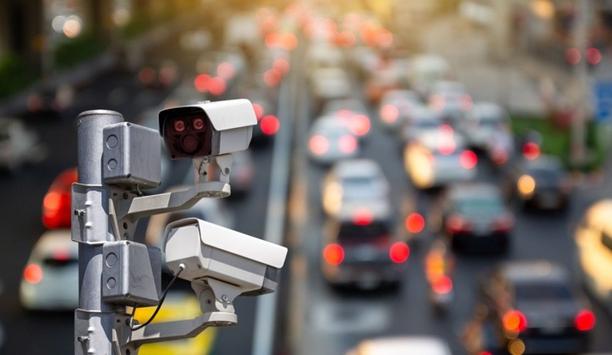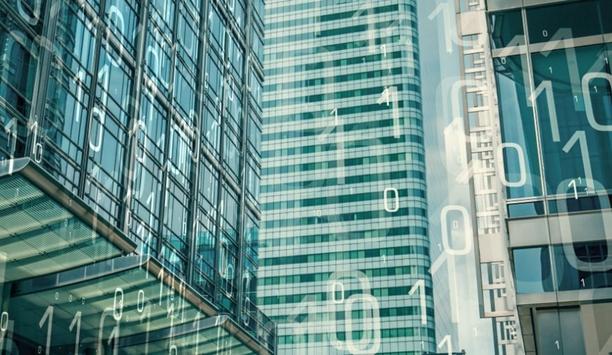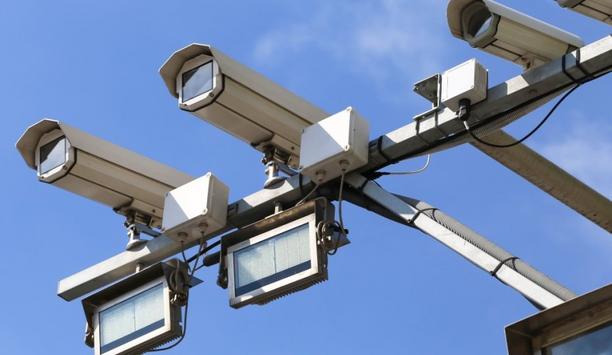The global pandemic caused by the novel coronavirus is changing work environments to an unprecedented degree. More employees than ever are being asked to work remotely from home. Along with the new work practices comes a variety of security challenges.
Without the proper precautions, working from home could become a cybersecurity nightmare, says Purdue University professor Marcus Rogers. “Criminals will use the crisis to scam people for money, account information and more,” he says. “With more people working from home, people need to make sure they are practicing good cybersecurity hygiene, just like they would at work. There is also a big risk that infrastructures will become overwhelmed, resulting in communication outages, both internet and cell.”
Covid-19 concerns
Concerns about the coronavirus have increased the business world’s dependence on teleworking. According to Cisco Systems, WebEx meeting traffic connecting Chinese users to global workplaces has increased by a factor of 22 since the outbreak began. Traffic in other countries is up 400% or more, and specialist video conferencing businesses have seen a near doubling in share value (as the rest of the stock market shrinks).
Basic email security has remained unchanged for 30 years
Email is a core element of business communications, yet basic email security has remained unchanged for 30 years. Many smaller businesses are likely to still be using outdated Simple Mail Transfer Protocol (SMTP) when sending and receiving email. “The default state of all email services is unencrypted, unsecure and open to attack, putting crucial information at risk,” says Paul Holland, CEO of secure email systems provider Beyond Encryption.
“With remote working a likely outcome for many of us in the coming weeks, the security and reliability of our electronic communication will be a high priority,” says Holland. The company’s Mailock system allows employees to work from any device at home or in the office without concerns about data compromise or cybersecurity issues.
Acting quickly and effectively
As the virus spreads, businesses and organisations will need to act quickly to establish relevant communication with their employees, partners and customers surrounding key coronavirus messages, says Heinan Landa, CEO and Founder of IT services firm Optimal Networks. Employers should also enact proper security training to make sure everyone is up to speed with what’s happening and can report any suspicious online activity.
Reviewing and updating telework policies to allow people to work from home will also provide flexibility for medical care for employees and their families as needed.
Scammers, phishing, and fraud
An additional factor in the confusing environment created by the coronavirus is growth in phishing emails and creation of domains for fraud. Phishing is an attempt to fraudulently obtain sensitive information such as passwords or credit card information by disguising oneself as a trusted entity. Landa says homebound workers should understand that phishing can come from a text, a phone call, or an email. “Be wary of any form of communication that requires you to click on a link, download an attachment, or provide any kind of personal information,” says Landa.
Homebound workers should understand that phishing can come from a text, a phone call, or an email
Email scammers often try to elicit a sense of fear and urgency in their victims – emotions that are more common in the climate of a global pandemic. Attackers may disseminate malicious links and PDFs that claim to contain information on how to protect oneself from the spread of the disease, says Landa.
Ron Culler, Senior Director of Technology and Solutions at ADT Cybersecurity, offers some cyber and home security tips for remote workers and their employers:
- When working from home, workers should treat their home security just as they would if working from the office. This includes arming their home security system and leveraging smart home devices such as outdoor and doorbell cameras and motion detectors. More than 88% of burglaries happen in residential areas.
- When possible, it’s best to use work laptops instead of personal equipment, which may not have adequate antivirus software and monitoring systems in place. Workers should adhere to corporate-approved protocols, hardware and software, from firewalls to VPNs.
- Keep data on corporate systems and channels, whether it’s over email or in the cloud. The cyber-protections that employees depended on in the office might not carry over to an at-home work environment.
- Schedule more video conferences to keep communication flowing in a controlled, private environment.
- Avoid public WiFi networks, which are not secure and run the risk of remote eavesdropping and hacking by third parties.
In addition to work-from-home strategies, companies should consider ways to ensure business cyber-resilience and continuity, says Tim Rawlins, Director and Senior Adviser for risk mitigation firm NCC Group. “Given that cyber-resilience always relies on people, process and technology, you really need to consider these three elements,” he says. “And your plan will need to be adaptable as the situation can change very quickly.”
Employees and their employers
Self-isolation and enforced quarantine can impact both office staff and business travelers
Self-isolation and enforced quarantine can impact both office staff and business travelers, and the situation can change rapidly as the virus spreads, says Rawlins.
Employees should be cautious about being overseen or overheard outside of work environments when working on sensitive matters. The physical security of a laptop or other equipment is paramount. “It’s also important to look at how material is going to be backed up if it’s not connected to the office network while working offline,” says Rawlins.
It’s also a good time to test the internal contact plan or “call tree” to ensure messages get through to everyone at the right time, he adds.










































